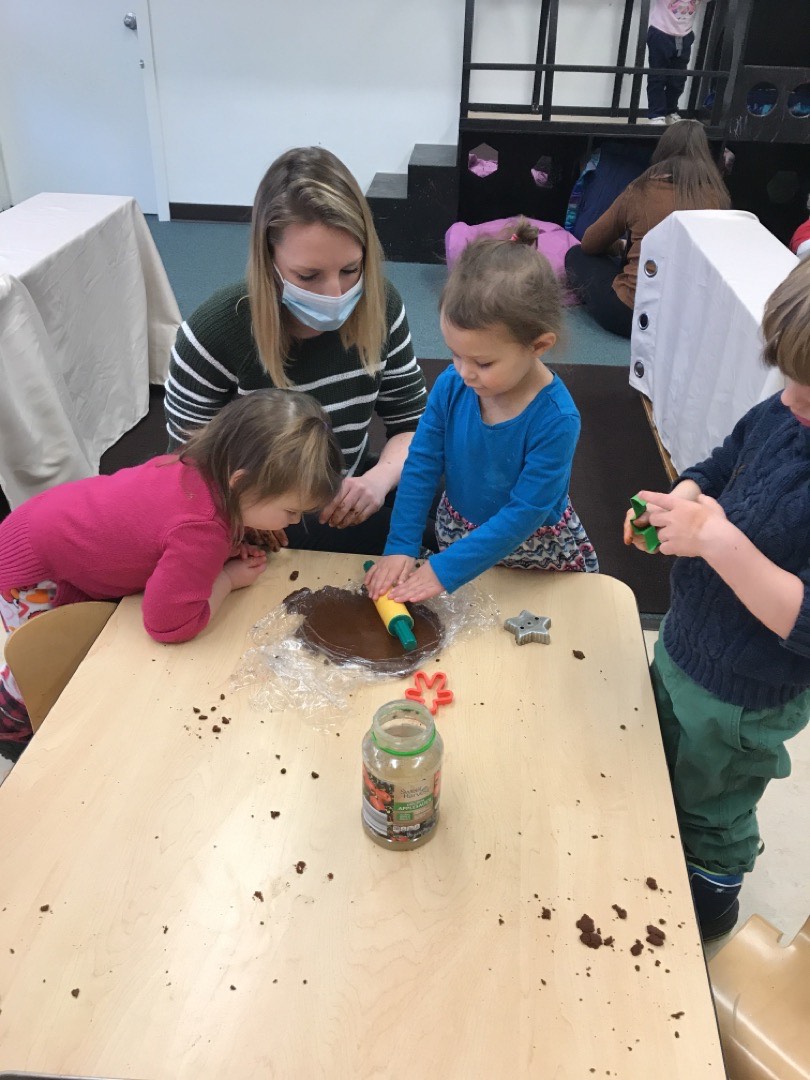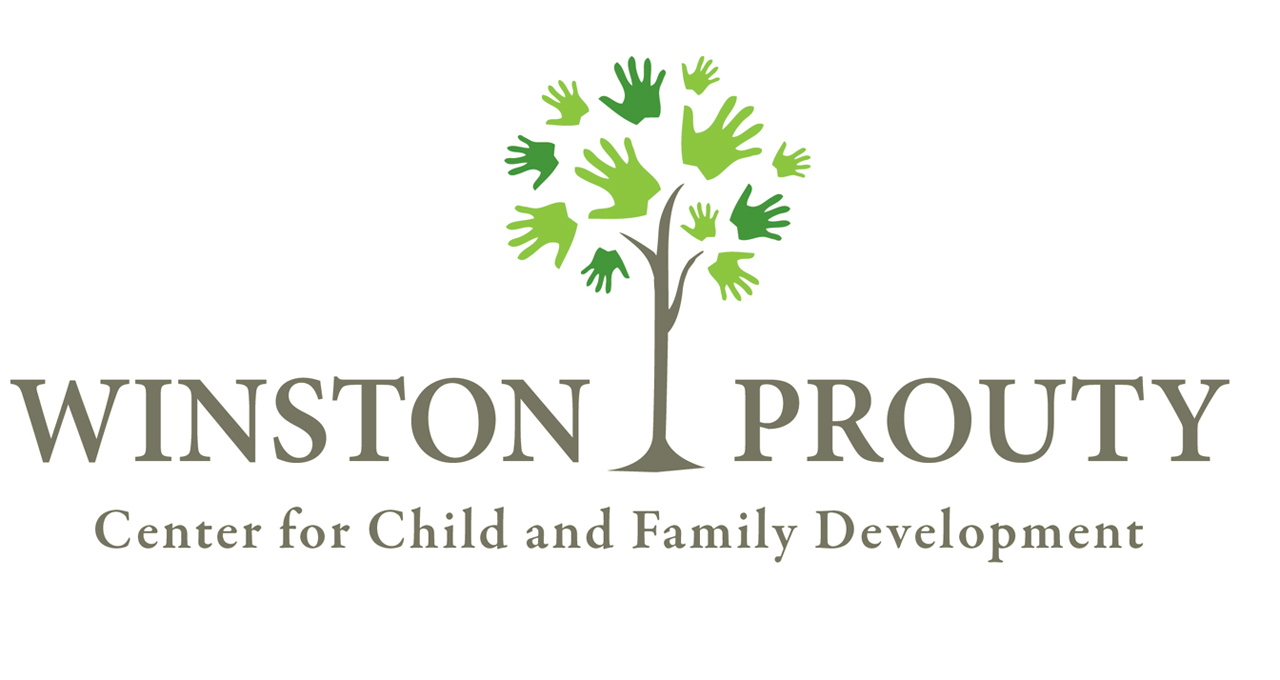Child development and public education are not synonymous

By Chloe Learey, Executive Director. Published in the Brattleboro Reformer, January 22, 2021
In his inaugural address last week Governor Scott stated that he is “proposing to organize all the state’s child development work within the Agency of Education.”
This is an ambitious idea that is resurfacing at a time when there is a leadership vacuum in the Child Development Division as it currently exists. Creative thinking and big ideas are important for innovation and continuous improvement, and vetting ideas takes a broad range of input and expertise from across departments and community partners. This is particularly true for an area like child development which cannot be contained or defined neatly by one discipline.
Currently, the state of Vermont houses child development in its own division with a Deputy Commissioner position, which is vacant as of December 31, 2020. It is part of the Department of Children and Families within the Agency of Human Services (AHS). This is a model that accurately reflects the cross-disciplinary nature of child development from pre-natal and beyond because the department and the agency is home to services and programs across sectors that impact families, from Economic Services to Child Protection to Health and Mental Health.
One of the most transformative initiatives of the past several years in child development in Vermont has been the integration of services to families with young children. Children’s Integrated Services brings together the nurse and family support home visiting, early intervention for children 0 to 3 at risk of having a developmental delay, early childhood family mental health, and specialized childcare. The goal is for families to have access to a full complement of supports they may need to help their child have the strongest start possible without having to go to multiple organizations and providers. Children’s Integrated Services is overseen by the Child Development Division working closely with partners in the Department of Health, the Department of Mental Health, and the other divisions within the Department of Children and Families. There are also close ties to the staff at the Agency of Education. This collaborative effort across disciplines makes sense given the many variables that go into creating a strong, seamless foundation to support the success of children and families.
Why would we dismantle an integrated system by moving all child development related activities into the Agency of Education (AOE), away from the multi-disciplinary Agency of Human Services? Efficiencies and cost savings are often the driving force behind such decisions, and perhaps there are some areas where those could come to pass. For instance, there are some duplications and contradictions within public pre-kindergarten because it is administered in both private early education and public education settings which are subject to different regulations. However, public pre-K is a very small slice of overall child development, and the efficiencies we would lose by dis-integrating child development would far outweigh any savings there. Early intervention is another area that might be considered easy to move to AOE because it is governed by Part C of the Individuals with Disabilities Act related to education. However, another model to consider is taking a birth-to-5 approach (allowed by IDEA) rather than transitioning children to public school for special education at age 3. This would be potentially more efficient and effective since children are not yet in the public school system until kindergarten, so it may make sense to maintain the same community-based system of support. It would certainly be less disruptive than moving all of child development into public education. It is important to note the family is the central focus of early childhood development while the student is the central focus and responsibility in the public education system. This is a major difference and sets up the potential for a clash of culture and approach.
Do we want the Agency of Education to spend time and energy expanding expertise into areas like pregnancy, breastfeeding, home visiting, family support, accessing child care, and other resources? Or is the plan to pull apart the integrated services system and put child development activities into separate departments? Either way the progress we have made in Vermont supporting families and young children will be seriously undermined. If this proposal moves forward it is imperative that a thoughtful process be undertaken to ensure that those making the decisions are well-informed about the scope of child development work and all its facets. Ensuring that the existing Child Development Division has strong leadership will be an important part of that process.
